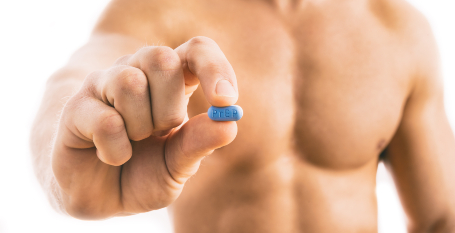A new Australian study published in The Lancet Infectious Disease Journal has shown that rates of Sexually Transmitted Infections (STIs) among users of Pre-exposure prophylaxis (PrEP), which prevents HIV, stabilised rather than increased following implementation of the oral medication.
The study, which is the largest of its kind globally, followed bacterial STI diagnoses in 70%, or 22,730, of Australian PrEP users between 2016 and 2019.
The authors of the study used data from a large network of clinics around Australia that participate in the ACCESS (Australian Collaboration for Coordinated Enhanced Sentinel Surveillance of Blood-borne Viruses and Sexually Transmissible Infections) project.
What’s life like for LGBTQ people who live in Australia?
What’s life like for LGBTQ people who live in Australia? Let's take a look at some of the key equality indicators.
Is it legal to be gay?
Yes. The United Kingdom invaded the continent we now know as Australia in 1788. The colonies that they established inherited their laws from the UK – including the Buggery Act of 1533 that made sodomy a crime punishable by death.
Over time, the colonies developed into states, and a federation was created so that they could operate as one country.
Sodomy remained a crime punishable by death until 1949 (some states removed it earlier than others).
Being gay remained a crime in Australia until 1997 (although some states began the repeal process in 1975).
It is now legal to be gay in Australia.
Is there anti-discrimination legislation in place?
Yes. Comprehensive anti-discrimination legislation was implemented across all states in Australia in 2013. Prior to that, the anti-discrimination protections had been evolving (from around 1986) but had been fragmented.
Is there marriage equality?
Yes. Following a public vote in 2017, Australia has embraced marriage equality.
What’s life like for LGBTQ people who live in Australia?
While there are still isolated incidents of homophobia and anti-gay violence, Australia is a good place to be gay.
You will find gay people living openly in communities across the country (not just the larger cities), and media representation of LGBTQ characters is generally positive. There are numerous Pride celebrations held across the country.
However, LGBTQ people from Indigenous communities have poorer health outcomes and face additional barriers to living openly.












 列印版本
列印版本



















讀者回應
搶先發表第一個回應吧!
請先登入再使用此功能。